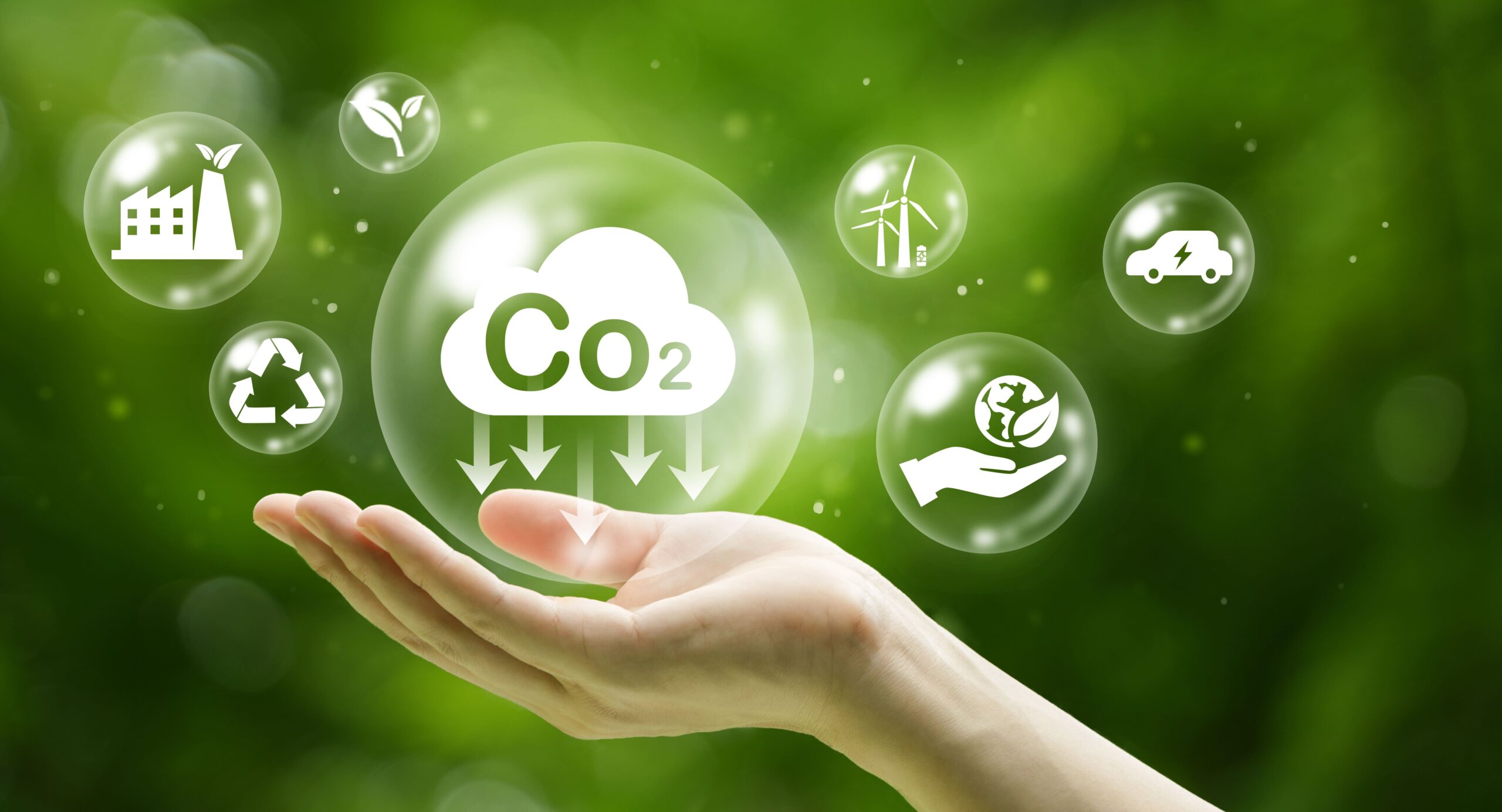
POWER- CO2 Project
Driving the conversion of CO₂ into e-fuels, e-fuel and e-chemicals beyond the state of the art
While the use of carbon sources – oil, gas and coal – has enabled the rapid development of today’s society, it has also underpinned a linear carbon economy in which human activities are based on carbon extracted from the subsoil and accumulated in the atmosphere. Moving towards climate neutrality means developing a circular carbon economy for economic sectors in which carbon will always be a determining factor, such as long-distance transport (carbon-based liquid fuels) and the chemical industry. Synthetic fuels, for example (e-fuels derived from electricity and solar fuels derived from sunlight) offer a promising alternative to fossil fuels, since they have the highest energy density of all storage devices, can be stored for long periods, and can take advantage of current infrastructures for storage, distribution and use. While current CO₂ conversion technologies recycle less than 1% of human-related emissions, the latest European legislation has paved the way for the introduction of e-fuels for aviation fuels, from 2030. The underlying scientific questions and technological challenges are to enable the efficient conversion of CO₂, a kinetically and thermodynamically stable molecule, for high-value goods using low-carbon energy sources such as sunlight and electricity. This project aims to address key issues inherent in CO₂ conversion, such as maximising carbon and electron uptake in e-fuels production, exploiting the full solar spectrum in CO₂ conversion for solar fuels, thereby enabling the formation of complex molecular structures from CO₂ and preparing new catalytic reactions for CO₂ and unconventional activation modes.
Power CO₂ will foster the scientific innovations needed to enable the emergence of new pathways for the conversion of CO₂ to ethylene and light alkenes, DMC, fatty acids, hydrocarbons and fine chemicals, including alcohols, amines and formaldehyde. For example, the proof-of-concept of the electro-reduction of CO₂ to formaldehyde will be established for the first time and the efficient production of ethylene from CO₂ by cascading electro- and thermo-catalytic processes will represent a key new technological brick. Innovative developments in photoactive materials and photoreduction devices will set a precedent for converting the entire solar spectrum into solar fuels. Publications of the scientific results obtained are expected to lead to more than 80 patents or publications in peer-reviewed journals over a period of 6 years. In addition, the multidisciplinary nature of the tasks will make it possible to train 17 PhD students and 417 months of postdoctoral researchers in emerging research areas at the crossroads of photo-, electro-, chemo- and biocatalysis, materials science, molecular materials and the architecture of electrochemical and photochemical devices.
Budget : €7.369M
The consortium
LEM, IRIG, LCBM, LPCV, DRF, IRIG, DIESE, CBM, BEE, IFPEN, CEA-NIMBE, CEA-DRT, LITEN, DTNM, STDC, LVMEINES, LCPB, IPVF, IRCELyon, D’ALEMBERT, LCC, BIP, DCM, INM, ICPEED, ICCF, INL, ICMMO, IC2MP, PERSEE, LPCNO, GENOSCOPE.
Coordination

More projects


